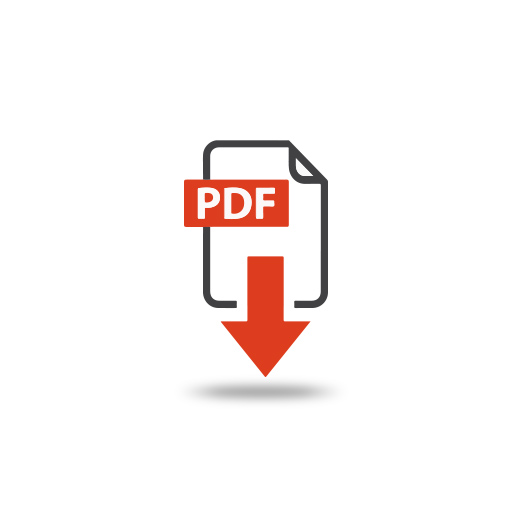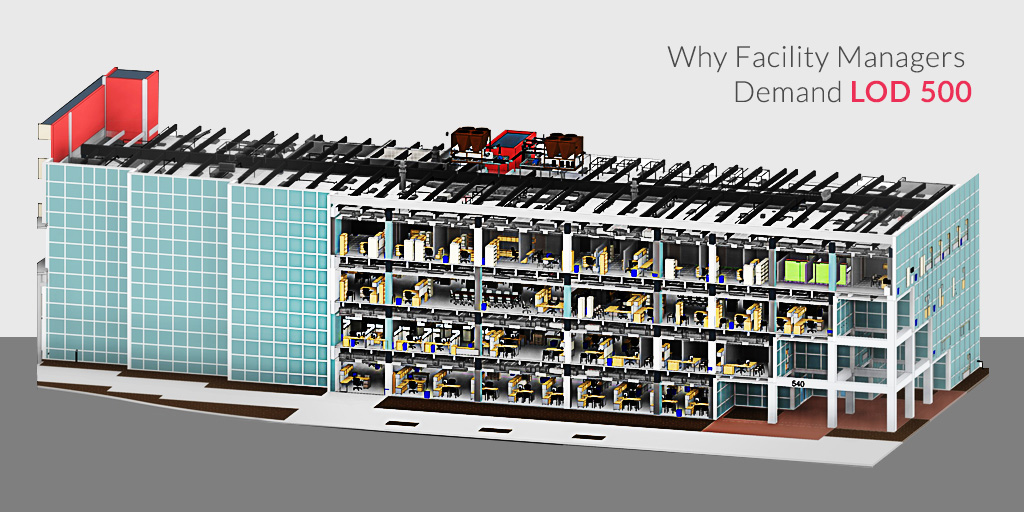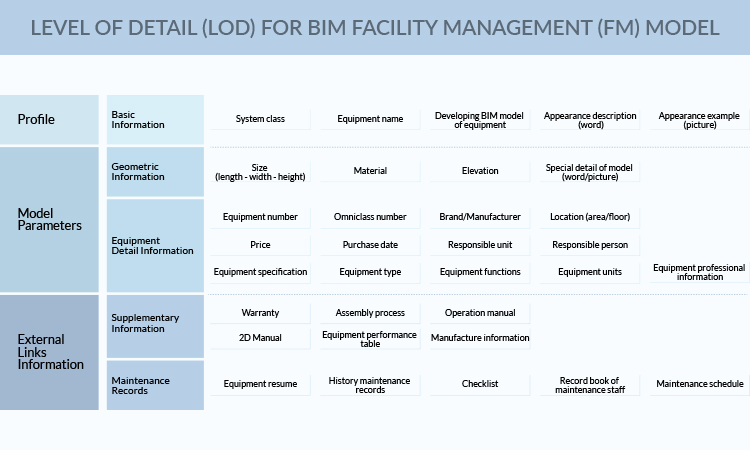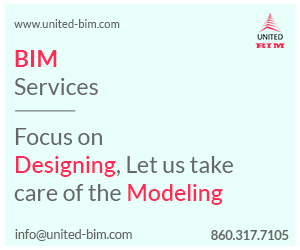Introduction
For every business, the top line (Revenue/Sales) and bottom line (Net Profit) matters. The role Facility manager or facility management department plays quite an important role for every business since it indirectly affects the top line and directly affects the bottom line. As an example, malfunctioning of HVAC will result in employees’ productivity loss (an indirect impact to the top line) and similarly, every penny saved with operations and maintenance cost of a building will improve the bottom line (since it is part of an income statement). As per Facility Partners Inc., typically Building Maintenance Operations cost between $1.40-1.85 per square foot of building space. It includes a mix of materials, wages, and subcontractor costs.
Limble CMMS has explained the role of Facility Manager very well, which is facilities managers are responsible for the maintenance and upkeep of an organization’s buildings, ensuring that they meet legal requirements and health and safety standards. Facility managers (FMs) work on both the strategic and operational levels. There is a very nice and detailed white paper published by GSA which we have leveraged in this blog and would strongly recommend referring to it after you go through this blog. Building cost is 30% construction cost and 70% operation and maintenance cost.
This blog further covers an infographic containing five types of information for each BIM model of the facility (BIM-FM Model), along with details on LOD, LOA, COBie, OCCS, and LEED.
Now let’s understand how the Facility Manager (FM) can leverage BIM (Building Information Model) to effectively manage the building’s operations and maintenance.

Don’t have the time to read the whole blog, no worries you can download it and read it at your convenient time.
Level of Development (LOD) 500, Level of Accuracy (LOA) & Facility Management
LOD: Level of development (LOD) is a set of specifications that aligns the power to articulate, document, and specify the content of BIM effectively and clearly.
AIA has further classified LOD into LOD 100, LOD 200, LOD 300, LOD 350, LOD 400 & LOD 500
LOD 100 – Only symbols, no geometry
LOD 200 – Generic placeholders, approximate information
LOD 300 – Quantity, size, shape, location, and orientation of the element can be measured
LOD 350 – Connections, interfaces with other building systems are represented
LOD 400 – Elements are modified in detail and accuracy for fabrication/installation
LOD 500 – As-Built/Field verified data. It also includes non‐graphic information of the building elements.
Revit family/BIM objects allow equipment or products to be visualized and placed in-situ in a 3D environment to gauge sizing and positioning relative to other elements of the building, so we create data-rich, parametric & generic 2D/3D AutoCAD & 3D Revit BIM Families with parameters such as materials & finishes, dimensions, and identity data, and three levels of details – coarse (LOD 100-200), medium (LOD 300) and fine (LOD 400-500). The services include developing Revit families and AutoCAD files in the required software such as Autodesk’s Revit 2018/2019/2020/2021 or IFC or STEP.
LOA: As mentioned in The U.S. Institute of Building Documentation Level of Accuracy (LOA) Specification Guide LOA is structured in five increments of ten beginning with LOA10 and extending through LOA50. This two-digit “Ten” series is designed to extricate itself from the BIM Forum’s LOD three-digit “one hundred” series thus avoiding potential confusion. The system uses an exact structure in the same sense that has levels that begin low at LOA10 and progress to high at LOA50.
The Five Levels of Accuracy as defined in the specification guide are – LOA10, LOA20, LOA30, LOA40, and LOA50 as shown in image 1.1

The above specifications prescribe five levels of accuracy required for building documentation. Each of these five levels can be applied to elements as well as to the entire project in totality.
Facility Management: Facility management (FM) is a distinct profession that incorporates multiple disciplines to ensure the safety, comfort, functionality, and efficiency of the built environment by integrating place, process, people, and technology.
Having gone through the basic understanding of LOD, LOA, and Facility Management we can understand that Facility management is dependent on the accuracy and depth of the BIM data (defined by LOD and LOA) to manage and operate the facilities. LOD 300 is the minimum level required for a facility manager as it contains basic information of all the elements as required by the facility manager. As described by GSA, LOD 500 is field verified with thorough details of all the elements which are handed over to the owner and the facility manager. Elements in LOD 500 will be geometrically accurate but they won’t show excessive fabrication level detailing. For example, ductwork will be installed in a proper place with the correct size but it won’t have flanges modeled. Objects will have specific data like their purchase documentation, commissioning data, actual record costs, maintenance requirements as well as any other data which is significant to the life cycle management of that building.
LOA can be applicable at all LOD levels. Depending on the owner’s requirement for LOA it can be incorporated into the BIM model. It is not mandatory to define LOA, it completely depends upon the owner’s requirements. It is not a mandatory requirement for facility management. In an ideal scenario with LOD 500 and LOA50 the results obtained are of the highest accuracy which will be the best suitable for facility managers to help them improve operational efficiencies and reduce risks.
Download Level of Detail (LOD) for BIM Facility Management (FM) Model- Infographic
Download a printable A3 size (11.7″ x 16.5″) infographic containing five types of information for each BIM model of facility (BIM-FM Model), which includes facility basic, detailed, supplementary, and related maintenance information.
What all objects should be modeled LOD500
As per the GSA whitepaper and guidelines, the following all objects should be modeled in native BIM-authoring formats and open-standard formats such as IFC and COBie for the following objects
All objects required by BIM Guide Series 02 | Ceilings | Lighting systems, fixtures, and equipment | Communications systems and equipment | Electrical systems and equipment | Mechanical systems and equipment | Plumbing systems and equipment | Irrigation system and equipment | Fire protection systems and equipment | Vertical and horizontal transportation equipment | Furniture and specifications | Specialty systems and equipment
Also, GSA additionally states that space and equipment must include the following info:
1) Space and zone objects as defined in GSA BIM Guide Series 02
2) Equipment objects with attributes: Please refer to section 3.2.1 of
GSA whitepaper
3) Applicable controls for specific equipment and equipment series
LEED, Facility Manager & BIM
LEED: Leadership in Energy and Environmental Design is the most popular green building rating system in the world. It is available for virtually all types of buildings. The LEED framework results in highly efficient, healthy, and cost-saving green buildings. LEED certification is an internationally recognized symbol for leadership in energy and sustainability. It is a credit-based system as shown in the credit library by United States Green Building Council. You can go for any credit from the credit library depending on its application to your project type.
There are four levels of LEED certification that can be achieved based on the rating points:
Certified (40–49 points) | Silver (50–59 points) | Gold (60–79 points) | Platinum (80+ points)
The role of the facility manager in the environmental performance of existing office buildings is significant. As explained in Green Buildings and FM – A Case Study on How FM Influences the Environmental Performance of Office Buildings, the facility management service processes have both direct and indirect influence on environmental indicators and performance metrics. Facility services typically include but are not limited to, maintenance of air conditioning, electric power, plumbing and lighting systems; and cleaning. Several of these services may have a significant impact on the environmental performance of a building.
The incorporation of LEED has to be started from the conceptual stage of the project, in the pre-design phase. BIM aids designers to select the right type of materials during the early design stage and making vital decisions. It also helps facility managers to measure the impact of elements on the life cycle of sustainable buildings. Using BIM in this methodology will help designers to envision and animate sustainable buildings in 3D mode easily and efficiently at the conceptual stage.
How Facility Manager can leverage BIM for O&M
COBie – Construction-Operations Building Information Exchange is restricted information set within the sort of an easy spreadsheet that gives consistent and structured information about an asset that’s useful in post-occupancy facility management and decision making.
OCCS – The OmniClass Construction Classification System is a platform to retrieve and organize information that is specifically designed for the construction industry.
It is applicable in more than one way, from object libraries and organizing reports to rolling up or drilling down data matching user needs.
OmniClass consists of 15 hierarchical tables, each of which represents a special facet of construction information. It is further elaborated on CSI website.
Facility managers require a minimum model up to LOD 300 as LOD 300 will cover the basic information about all the elements. Along with COBie and OCCS, the facility managers can extract the right information as per their specific requirements to facilitate decision-making for better operations and management. LOD 300 can be obtained by the designer team based on the inputs from the owner and architects.
Note: LOD 300 is the basic and the level of information goes accurate and precise with LOD 350, LOD 400, and LOD 500. It is completely dependent on the owner’s requirement. LOD 500 requirement is majorly observed in public projects, in this case, the owner has two options:
- In-house: Where the owner can have a team of experienced BIM modelers to model all required objects/components at LOD500.
- Outsource: Another option is to engage an external consultant or BIM Services Company who can model all required objects/components at LOD 500.
Contact us for your LOD 500 Modeling and BIM for Facility Management services.
Key Benefits of Using BIM for Facility Management:
Since the role of Facility Managers is crucial, the data required to run the facilities also need to be detailed, accurate, and reliable.
Below are the top 7 reasons why Facility Managers demand Revit Family with LOD 500:
- Effective Spatial Management: Having a clear idea of the space occupancy via Revit Family with LOD 500, facility managers can effectively plan strategies to use the remaining space in the future. This will help them to achieve major reductions in real estate expenses. It will also help to make optimized and effective use of the space available to incorporate any additional changes/creations in the future.
- Asset Management: With the help of LOD 500 and COBie, facility managers can get timely asset information required for preventive maintenance. All the information about building equipment is stored in BIM models which can eliminate months of effort to accurately populate maintenance systems. It also helps to schedule regular maintenance without missing any deadline. (Note: COBie – COBie is specific information set in the form of a simple spreadsheet that offers consistent and structured information about an asset that is useful in post-occupancy facility management and decision making.)
- Conservation of Energy: With LOD 500 and COBie combined, facility managers can compare various energy alternatives to reduce environmental impact and operating costs.
- Smooth Information Flow: Information extracted from COBie assists in the smooth and transparent information flow to all the facility managers which helps in better decision making. With the help of LOD 500 model, the changes done are reflected in real-time giving better analysis to the decision-makers.
- Better Lifecycle Management: With the help of existing material information, it aids the owners to understand the durability along with other important properties thereby giving a brief understanding of the product lifecycle, to help in material selection in the future.
- Putting an end to paper wastage: Earlier all the information was bundled in the stack of papers and the facility managers had to go through the entire pile wasting a lot of man-hours. But with the use of COBie and Revit, there has been a stop to paper wastage and all the information can be extracted with just a click. Not only that but it also helps to compare the information to previous years assisting the owners in decision making
- Increase Customer Satisfaction: Facility management plays an important role in an organization where facility services are a key part of the business such as hospital facilities, public facilities, education facilities, etc. The work of a facility manager can be considered as practices that provide intangible and tangible services. Since customer satisfaction is hugely dependent on the quality of services, it becomes essential for facility managers to take care of all the aspects like physical facilities, equipment involved in providing the service, physical safety, accessibility, reliability & many more.
Conclusion:
Facility managers are highly dependent on LOD 500 and COBie because of their highly accurate, detailed, and 3D graphical representation which helps them to get all the crucial information to run and manage facilities effectively.
At United-BIM our team of BIM professionals can help you develop Revit Families/Revit Models from LOD 100 to LOD 500. We also provide COBie development services for owners, contractors, and facility managers. Know more about our BIM for Facility Management Services.
References:
- Facilities Services Partners Website – http://www.facilityservicespartners.com/facility-costs/
- International Facility Management Association Website – https://www.ifma.org/about/what-is-facility-management
- Limble CMMS Blog on Facility Management – https://limblecmms.com/blog/facilities-manager-roles-and-responsibilities/
- GSA’s BIM Guide for Facility Management – https://www.gsa.gov/cdnstatic/largedocs/BIM_Guide_Series_Facility_Management.pdf
- United-BIM Blog on Level of Development – https://www.united-bim.com/bim-lod-100-200-300-350-400-500/
- USIBD Document Guide for Level of Accuracy (LOA) Specification for Building Documentation – https://cdn.ymaws.com/www.nysapls.org/resource/resmgr/2019_conference/handouts/hale-g_bim_loa_guide_c120_v2.pdf
- S. Green Building Council Website – https://www.usgbc.org/help/what-leed
- Green Buildings and FM – A Case Study on How FM Influences the Environmental Performance of Office Buildings – https://www.irbnet.de/daten/iconda/CIB21541.pdf
- A Research Paper on Facility Manager’s Role To Provide Quality Service Through Reflecting User Needs – https://www.irbnet.de/daten/iconda/CIB_DC25053.pdf
- Whole Building Design Guide (WBDG) Website Resources Page – https://www.wbdg.org/resources/construction-operations-building-information-exchange-cobie
- CSI Website Resources Page – https://www.csiresources.org/standards/omniclass/standards-omniclass-about






